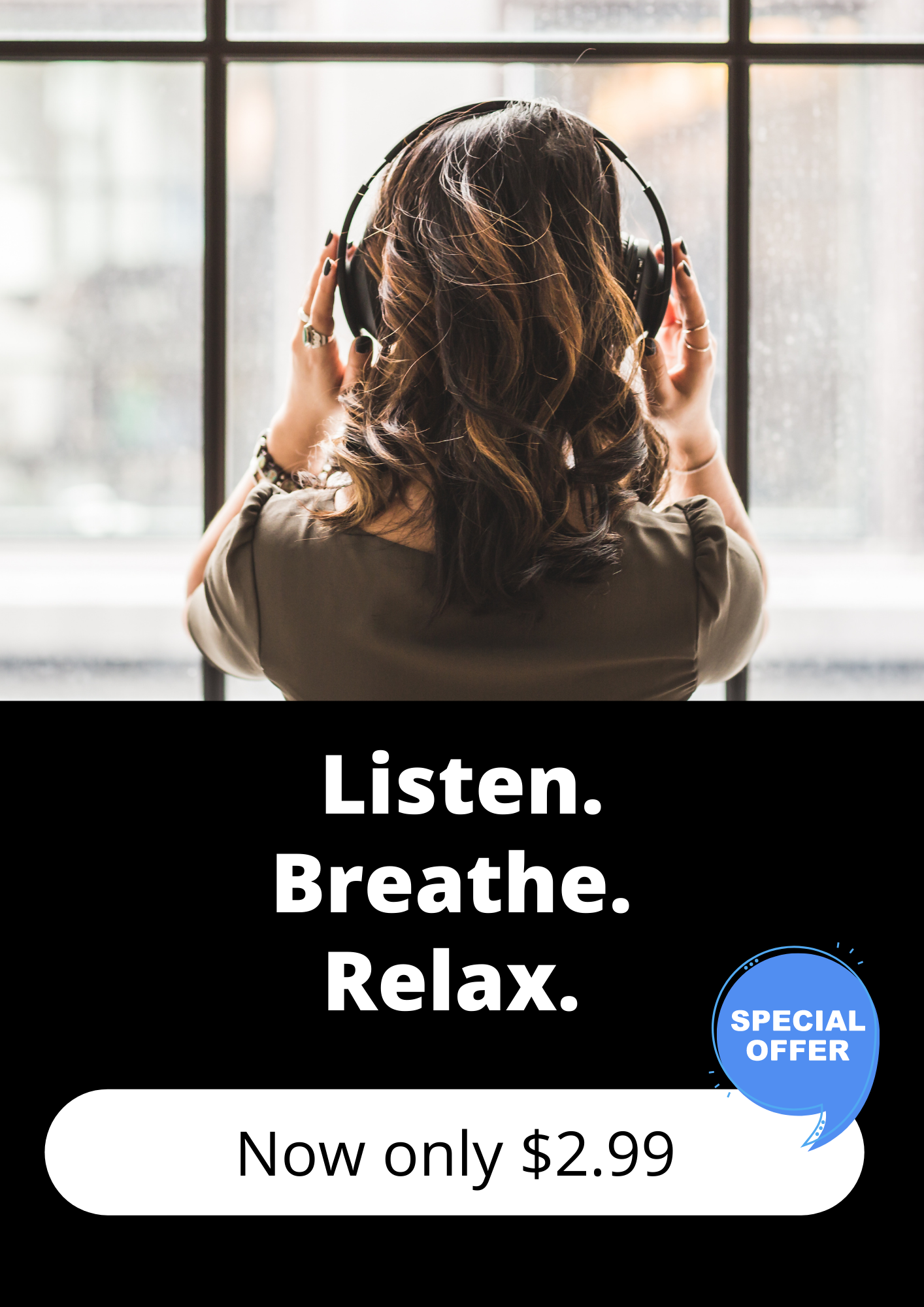Mindfulness is defined as the awareness that arises when we pay attention in the present moment, on purpose, and non-judgmentally.
Mindfulness offers an alternative to how we have typically approached habit change. The headline on why this is a more effective way to change behavior rests in the fact that mindfulness is all about self-regulation and controlling our attention. When we allow experiences to unfold with curiosity, openness, and acceptance, rather than relying on willpower, we are more tuned in to the behavior and what causes it. To understand how mindfulness is involved in forming habits, here is a graphic of the brain's two systems.
The default network (mindless) is where habits reside. This network is activated when our attention is focused either on the past or the future. When we are mindful, the direct network is activated. This means we are experiencing the world in real-time. Here are two examples of how these two networks operate.
Example: Washing Dishes
Default Network – Mindless: Being on automatic pilot or mindlessly washing dishes means we are thinking about other things. This is fine unless there is broken glass or a knife that we forgot about, causing us to cut our fingers because our attention was focused elsewhere.
Direct Network – Mindful: When we wash dishes and pay attention to the water temperature, the texture of the objects, and the motion of our hands, we are more likely to notice a broken glass or that hidden knife before we cut our hands.
Example: Driving
Default Network – Mindless: Most of us have had the experience of driving to work and not remembering how we got there. It’s as if we were a robot. Everything we do is automatic. We travel the same route to work each day without noticing any environment outside of our car. That works until something goes wrong and we don't see a stopped car in our lane.
Direct Network – Mindful: When we engage the direct network, we notice colors, smells, sounds, traffic, and even other people. We are experiencing the world in real-time. We might even notice how our body knows what to do to operate a complex piece of machinery. Because we are present, we see the car slowing in front of us and we begin to slow the vehicle to safely stop.
Mindfulness and the Habit Loop
Mindfulness helps us make changes in our behavior in three ways:
You can't change behavior you aren't aware of. If we are locked inside of our heads, we are moving through our routines automatically, without intention. For example, when we are eating, we might not notice the signs that we are full until we experience the consequences of feeling overly full.
Evaluating outcomes. When we perform everyday tasks with intention and purpose, we can assess the outcomes of our behavior. If we eat because we are stressed or want to numb ourselves from painful feelings, we only get temporary relief. We may not remember the uncomfortable feelings afterward, like guilt.
Unforced freedom of choice. When we are present and tuned into our body and mind, we start making choices that support self-care in a way that feels effortless rather than forced. Each time we repeat a behavior, we are rewiring our brains to make choices aligned with self-care, leading to living a more self-compassionate way of being.
In summary, through this three-step progression, mindfulness training can directly target core aspects of reward-based learning.
Want more tips to live a healthier and happier life? Discover the Levelhead for Real Life app! READ MORE.
Action to Take This Week
Next week, I describe a process for changing any behavior. To prepare you for this discussion, notice what behaviors you perform mindlessly and then try to shift your attention to the present. You can start with the two examples described here. This is a great way to understand how the two systems of the brain work. It is one thing to cognitively understand the difference between being mindless and mindful. But it is much more impactful when you experience it first-hand. Also, switching your attention back and forth during an activity is a great way to learn how to control your attention.



